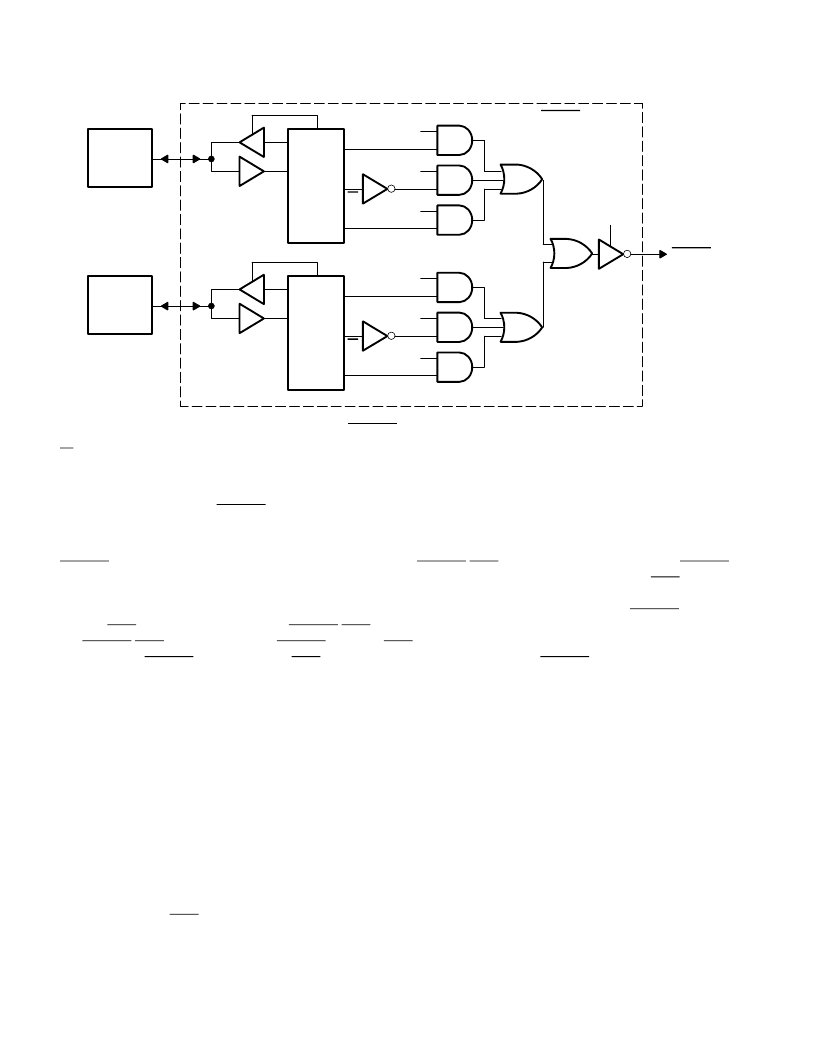- 您現(xiàn)在的位置:買賣IC網(wǎng) > PDF目錄369950 > PCI1520-EP Military Enhanced Plastic PC Card Controllers Data Manual PDF資料下載
參數(shù)資料
| 型號: | PCI1520-EP |
| 英文描述: | Military Enhanced Plastic PC Card Controllers Data Manual |
| 中文描述: | 軍事增強(qiáng)塑料PC卡控制器數(shù)據(jù)手冊 |
| 文件頁數(shù): | 50/125頁 |
| 文件大?。?/td> | 716K |
| 代理商: | PCI1520-EP |
第1頁第2頁第3頁第4頁第5頁第6頁第7頁第8頁第9頁第10頁第11頁第12頁第13頁第14頁第15頁第16頁第17頁第18頁第19頁第20頁第21頁第22頁第23頁第24頁第25頁第26頁第27頁第28頁第29頁第30頁第31頁第32頁第33頁第34頁第35頁第36頁第37頁第38頁第39頁第40頁第41頁第42頁第43頁第44頁第45頁第46頁第47頁第48頁第49頁當(dāng)前第50頁第51頁第52頁第53頁第54頁第55頁第56頁第57頁第58頁第59頁第60頁第61頁第62頁第63頁第64頁第65頁第66頁第67頁第68頁第69頁第70頁第71頁第72頁第73頁第74頁第75頁第76頁第77頁第78頁第79頁第80頁第81頁第82頁第83頁第84頁第85頁第86頁第87頁第88頁第89頁第90頁第91頁第92頁第93頁第94頁第95頁第96頁第97頁第98頁第99頁第100頁第101頁第102頁第103頁第104頁第105頁第106頁第107頁第108頁第109頁第110頁第111頁第112頁第113頁第114頁第115頁第116頁第117頁第118頁第119頁第120頁第121頁第122頁第123頁第124頁第125頁

3
–
22
Card
I/F
PC Card
Socket 0
CSC
CSTSMASK
RIENB
RI_OUT
RI_OUT Function
RINGEN
CDRESUME
CSC
RI
Card
I/F
PC Card
Socket 1
CSC
CSTSMASK
RINGEN
CDRESUME
CSC
RI
Figure 3
–
16. RI_OUT Functional Diagram
RI from the 16-bit PC Card interface is masked by bit 7 (RINGEN) in the ExCA interrupt and general control register
(ExCA offset 03h/43h/803h, see Section 5.4). This is programmed on a per-socket basis and is only applicable when
a 16-bit card is powered in the socket.
The CBWAKE signaling to RI_OUT is enabled through the same mask as the CSC event for CSTSCHG. The mask
bit (bit 0, CSTSMASK) is programmed through the socket mask register (CB offset 04h, see Section 6.2) in the
CardBus socket registers.
RI_OUT can be routed through any of three different pins, RI_OUT/PME, MFUNC2, or MFUNC4. The RI_OUT
function is enabled by setting RIENB in the card control register (PCI offset 91h, see Section 4.32). The PME function
is enabled by setting PMEEN in the power management control/status register (PCI offset A4h, see Section 4.38).
When RIMUX in the system control register (PCI offset 80h, see Section 4.29) is set to 0, both the RI_OUT function
and the PME function are routed to the RI_OUT/PME terminal. If both functions are enabled and RIMUX is set to 0,
the RI_OUT/PME terminal becomes RI_OUT only and PME assertions will never be seen. Therefore, in a system
using both the RI_OUT function and the PME function, RIMUX must be set to 1 and RI_OUT must be routed to either
MFUNC2 or MFUNC4.
3.8.8
PCI Power Management
The
PCI Bus Power Management Interface Specification for PCI to CardBus Bridges
establishes the infrastructure
required to let the operating system control the power of PCI functions. This is done by defining a standard PCI
interface and operations to manage the power of PCI functions on the bus. The PCI bus and the PCI functions can
be assigned one of seven power-management states, resulting in varying levels of power savings.
The seven power-management states of PCI functions are:
D0-uninitialized
–
Before device configuration, device not fully functional
D0-active
–
Fully functional state
D1
–
Low-power state
D2
–
Low-power state
D3
hot
–
Low-power state. Transition state before D3
cold
D3
cold
–
PME signal-generation capable. Main power is removed and VAUX is available.
D3
off
–
No power and completely nonfunctional
相關(guān)PDF資料 |
PDF描述 |
|---|---|
| PCI1620GHK | Controller Miscellaneous - Datasheet Reference |
| PCI1620PDV | Controller Miscellaneous - Datasheet Reference |
| PCI2050A | 32-Bit. 66MHz. 9-Master PCI-to-PCI Bridge |
| PCI2050GHK | BUS CONTROLLER |
| PCI2050PDV | BUS CONTROLLER |
相關(guān)代理商/技術(shù)參數(shù) |
參數(shù)描述 |
|---|---|
| PCI1520GHK | 功能描述:外圍驅(qū)動器與原件 - PCI PC CARD CONTROLLER RoHS:否 制造商:PLX Technology 工作電源電壓: 最大工作溫度: 安裝風(fēng)格:SMD/SMT 封裝 / 箱體:FCBGA-1156 封裝:Tray |
| PCI1520I | 制造商:TI 制造商全稱:Texas Instruments 功能描述:PC CARD CONTROLLERS |
| PCI1520IGHK | 功能描述:外圍驅(qū)動器與原件 - PCI PC CARD CONTROLLER RoHS:否 制造商:PLX Technology 工作電源電壓: 最大工作溫度: 安裝風(fēng)格:SMD/SMT 封裝 / 箱體:FCBGA-1156 封裝:Tray |
| PCI1520IGHKEP | 功能描述:外圍驅(qū)動器與原件 - PCI Mil Enhance PC Card Cntrlr Data Manual RoHS:否 制造商:PLX Technology 工作電源電壓: 最大工作溫度: 安裝風(fēng)格:SMD/SMT 封裝 / 箱體:FCBGA-1156 封裝:Tray |
| PCI1520IPDV | 功能描述:外圍驅(qū)動器與原件 - PCI PC CARD CONTROLLER RoHS:否 制造商:PLX Technology 工作電源電壓: 最大工作溫度: 安裝風(fēng)格:SMD/SMT 封裝 / 箱體:FCBGA-1156 封裝:Tray |
發(fā)布緊急采購,3分鐘左右您將得到回復(fù)。